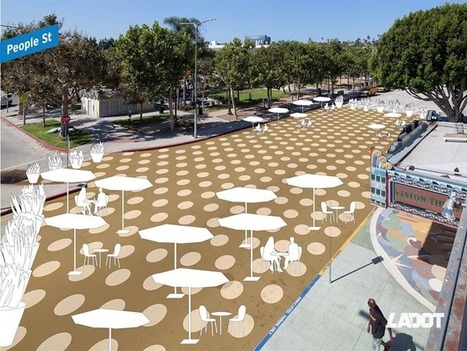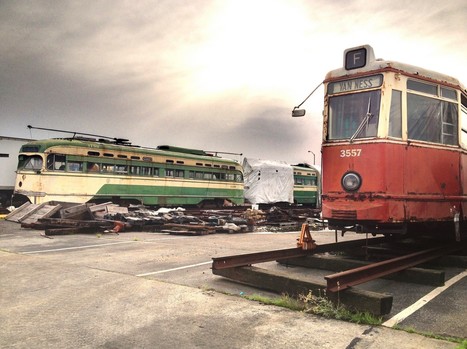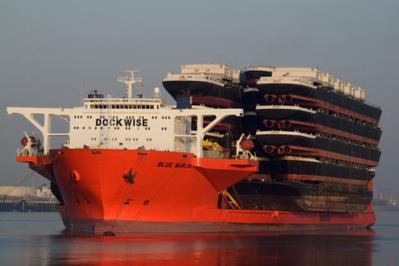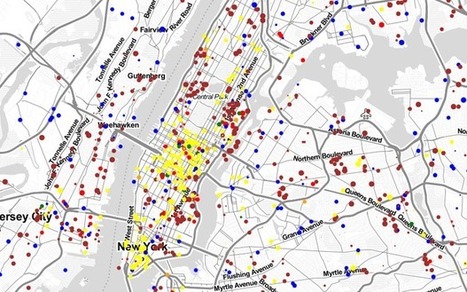Despite an admittedly strong preference for the automobile, Los Angeles and other forward-thinking cities are now re-allocating public (and private) land away from the car so that people can use the space for other purposes.
The automobile remains the best transportation option in all but a few U.S. cities. However, we can strike a better balance with how we use the precious resource of space in our cities. By dedicating so much land to traveling comfortably and quickly by car, we miss out on using that land to create interesting places to travel to. While some communities may still require copious amounts of parking and travel lanes, others are developing different neighborhood priorities, like green space, local business presence, or better biking and walking infrastructure. We need to plan for flexibility, for the accommodation of what we cannot yet imagine.
Via Lauren Moss, GTANSW & ACT



 Your new post is loading...
Your new post is loading...







































